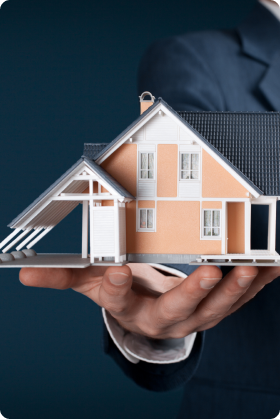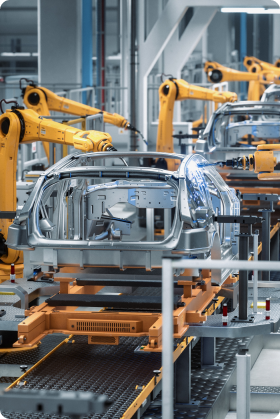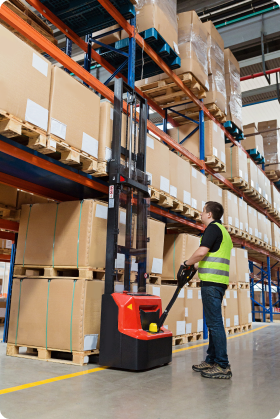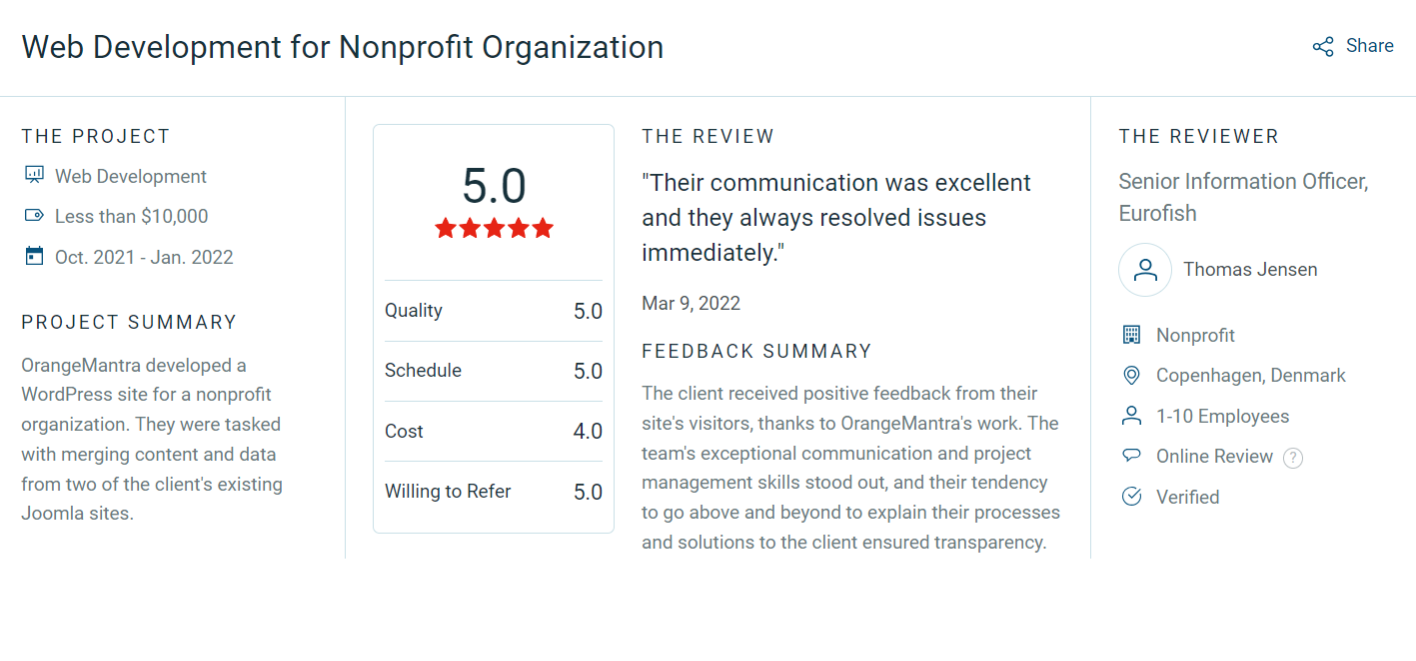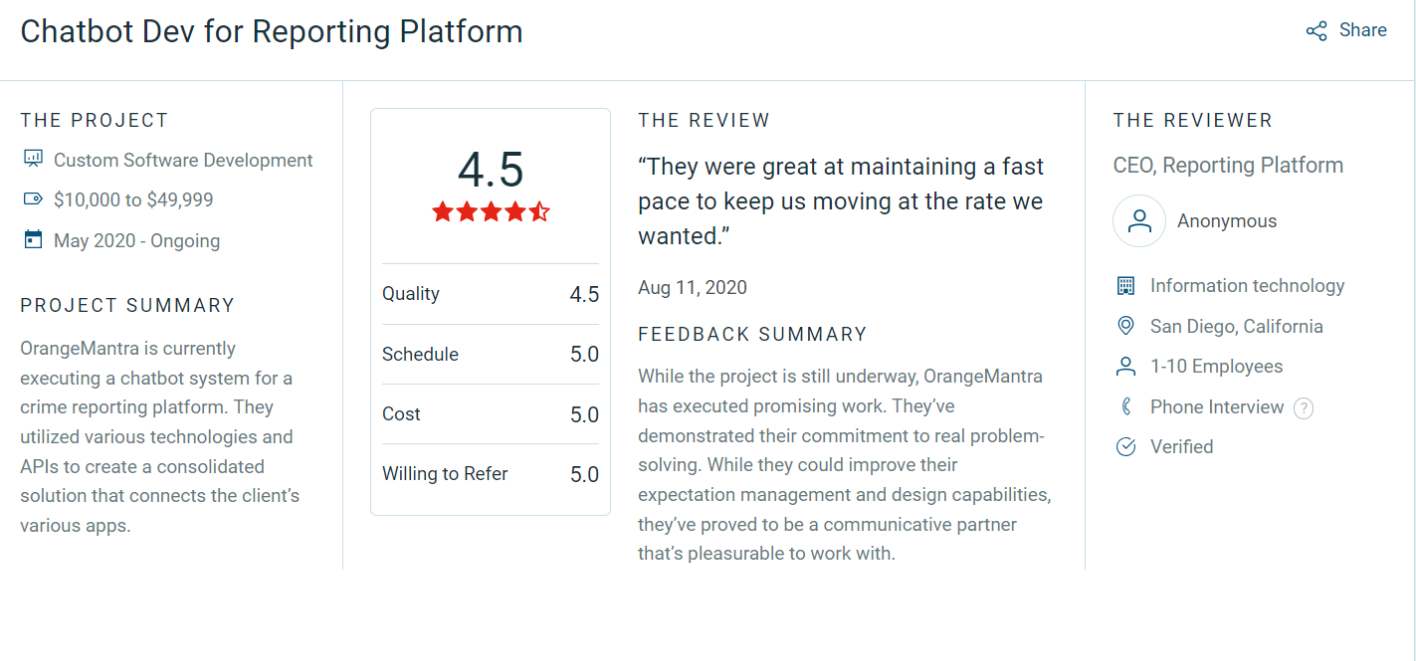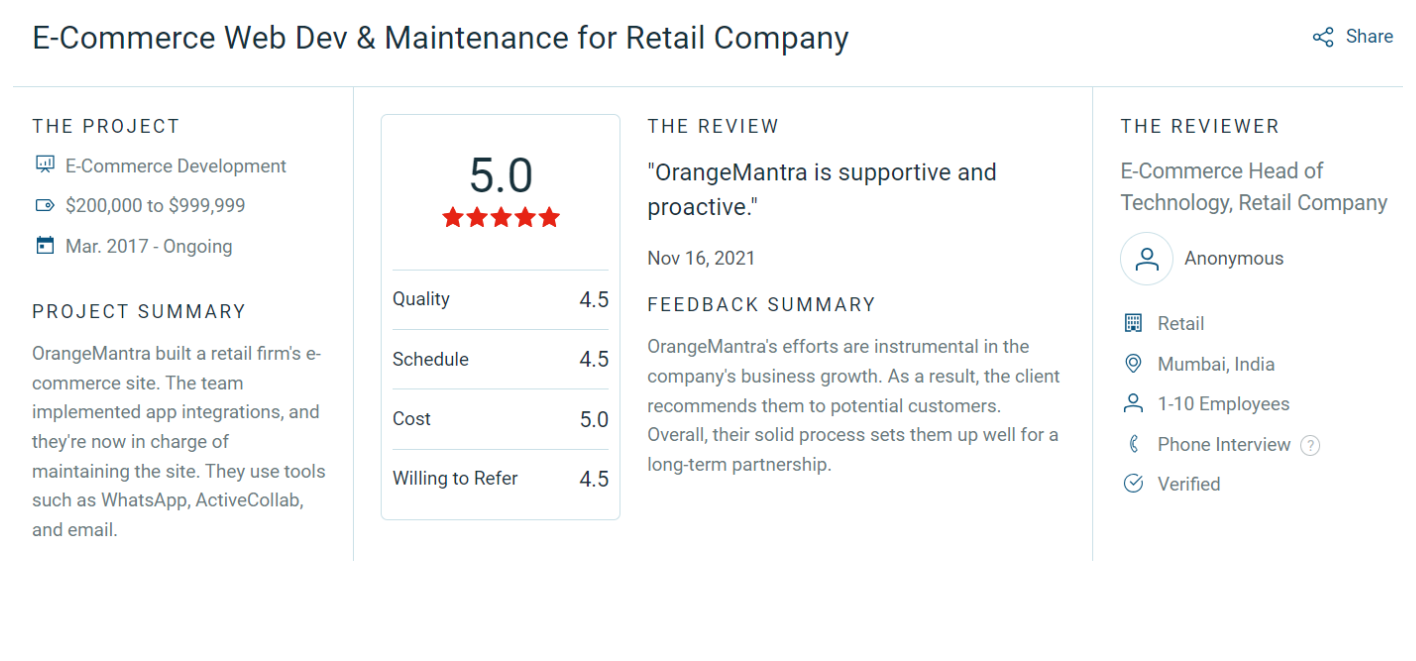Smart City Solutions Making Cities Smarter
As countries across the globe witness rapid urbanization, city administrations experience unprecedented pressure while managing public utilities and services infrastructure. Further, they have to accommodate the growing urban population sustainably and efficiently. The best thing that city governments can do is harnessing next-gen technologies in the form of smart city transformation.
OrangeMantra’s smart city solutions are designed to empower city administrations with IoT connectivity so that they can deliver services to improve efficiencies, create safer neighborhoods, lower carbon emissions, and enhance the overall quality of life for citizens.
Seamless Connectivity
Enhanced Mobility
Safety & Security
Citizen Engagement



















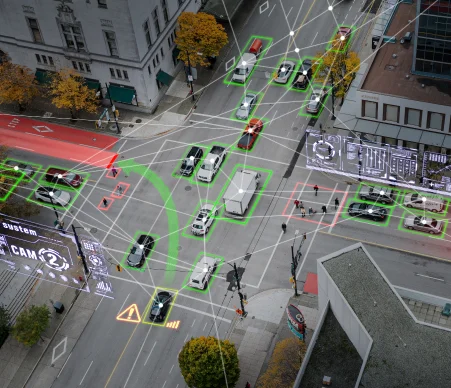
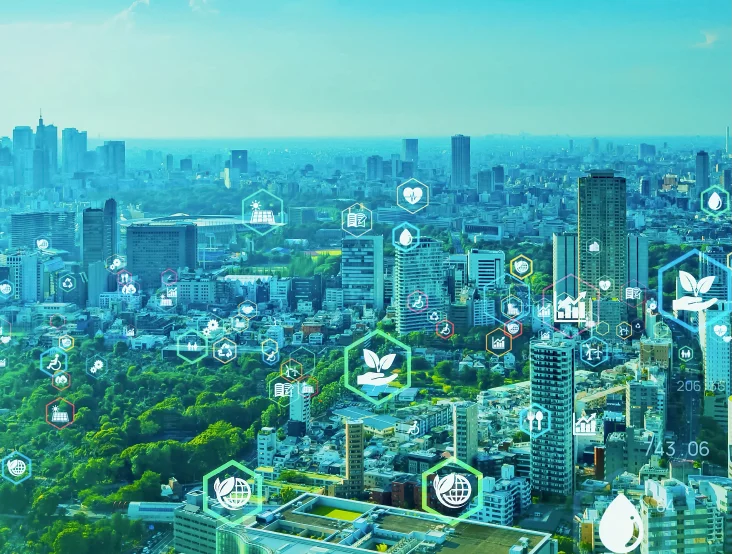
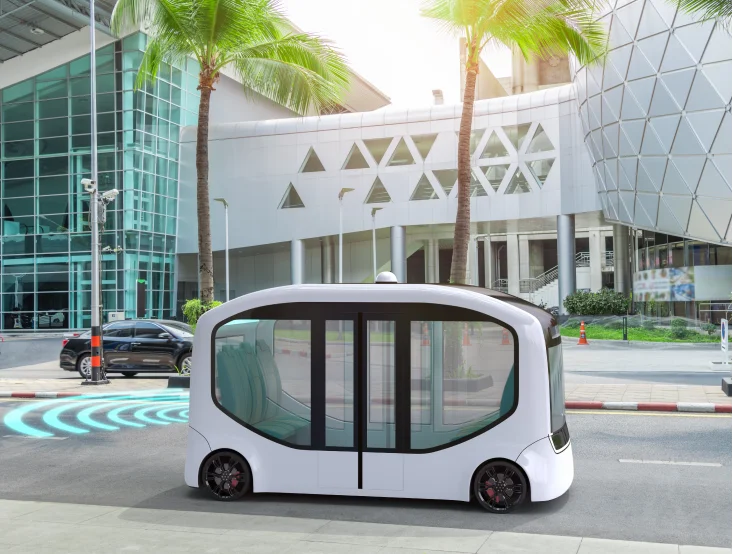


 Kubernetes
Kubernetes
 GitHub
GitHub
 Microsoft Azure
Microsoft Azure
 Amazon Web Services
Amazon Web Services
 Firebase
Firebase
 Java
Java
 Node JS
Node JS

